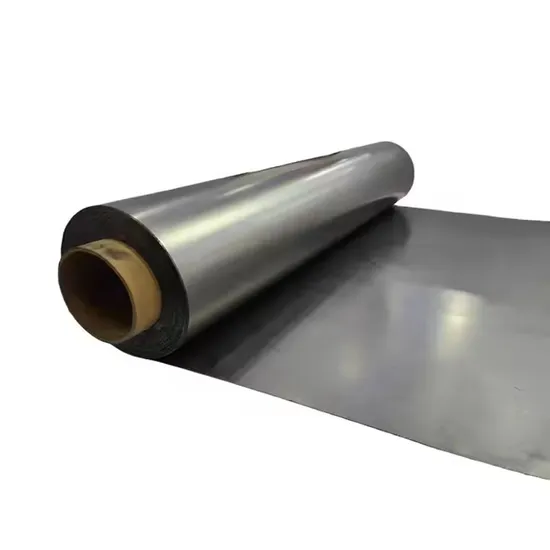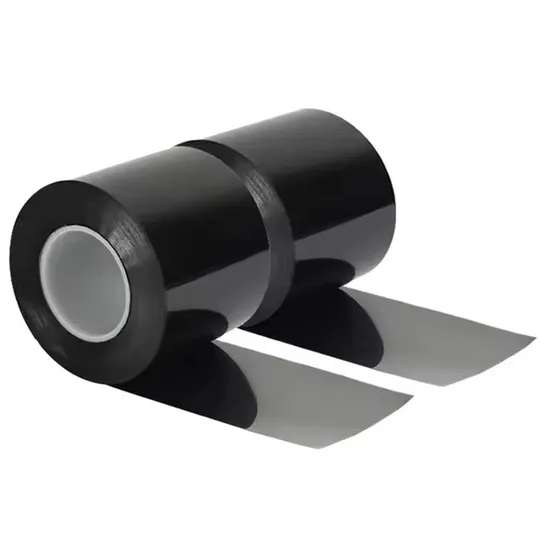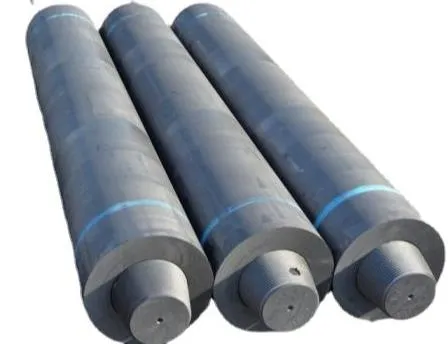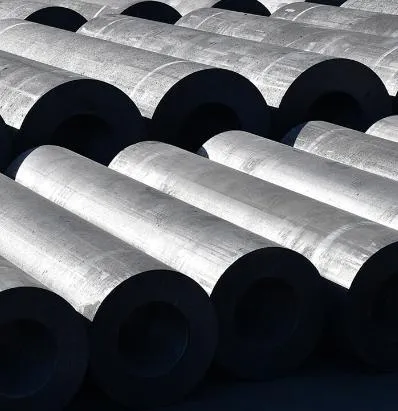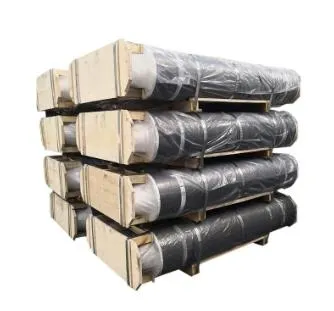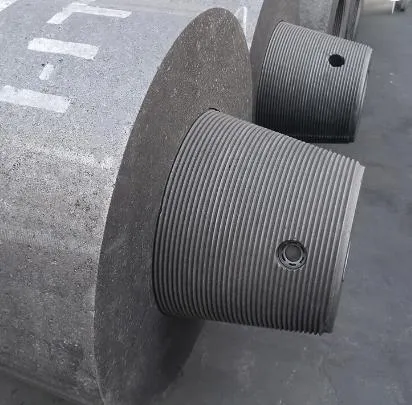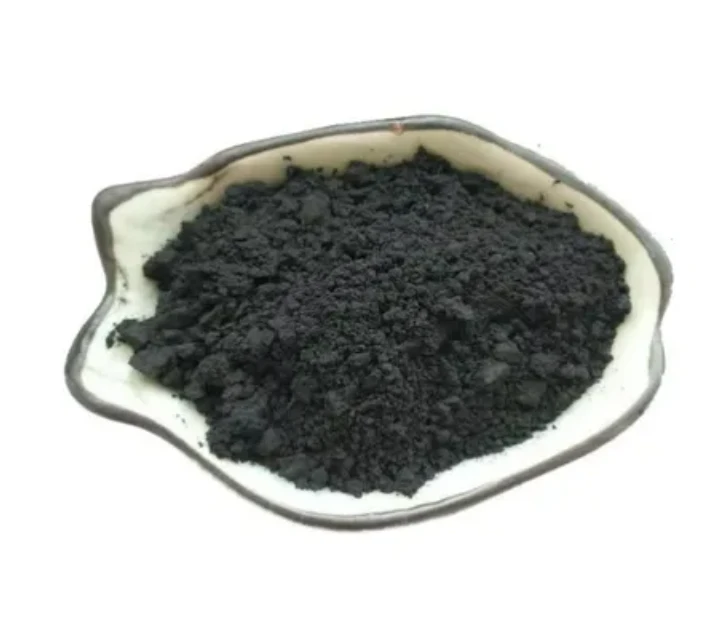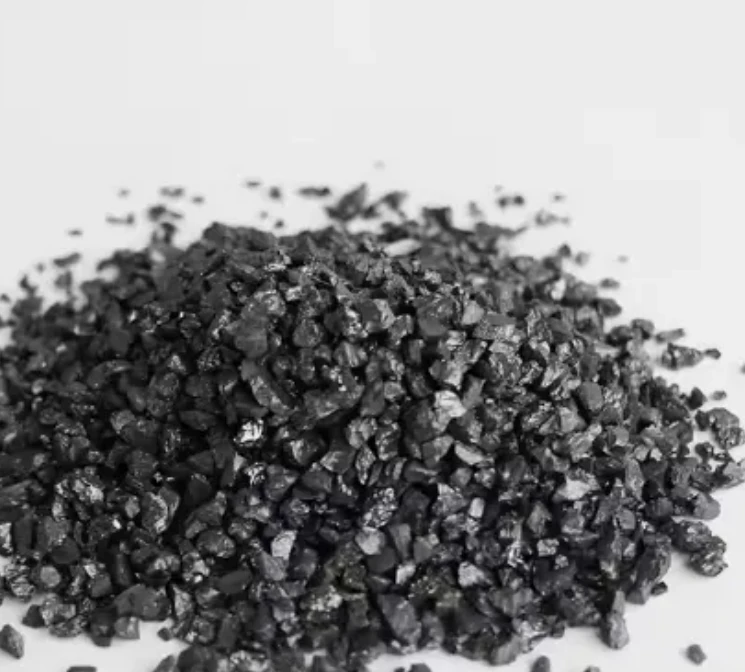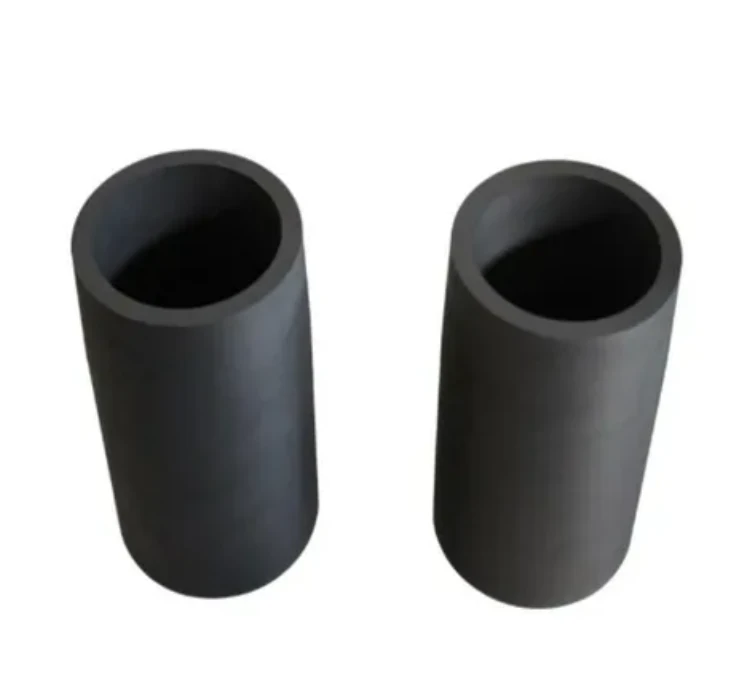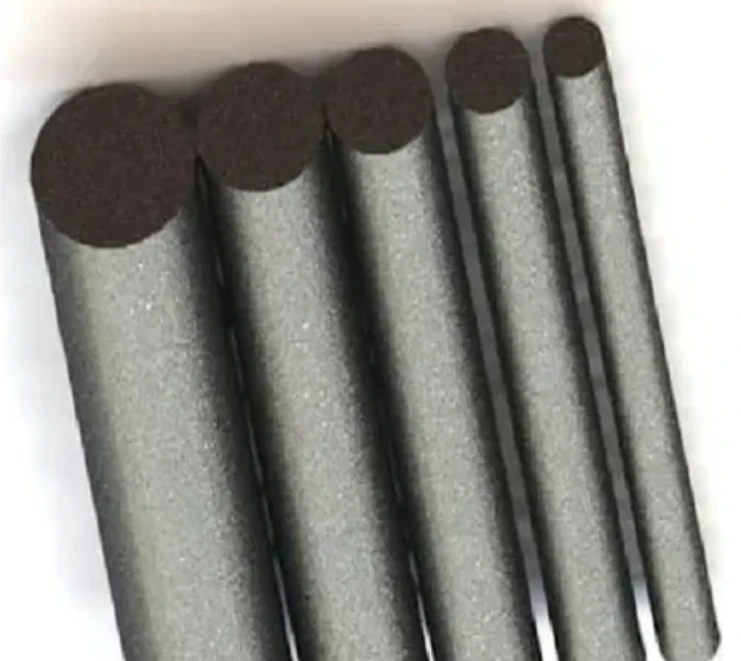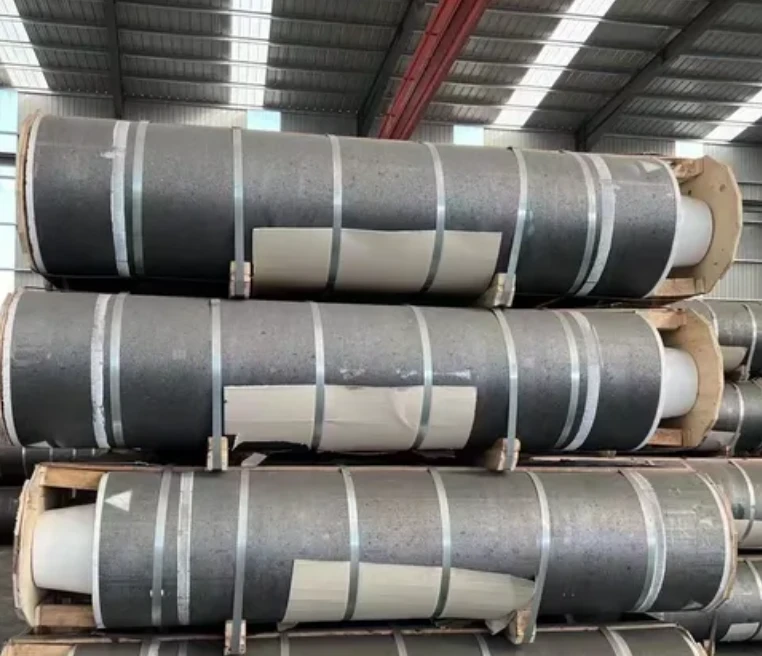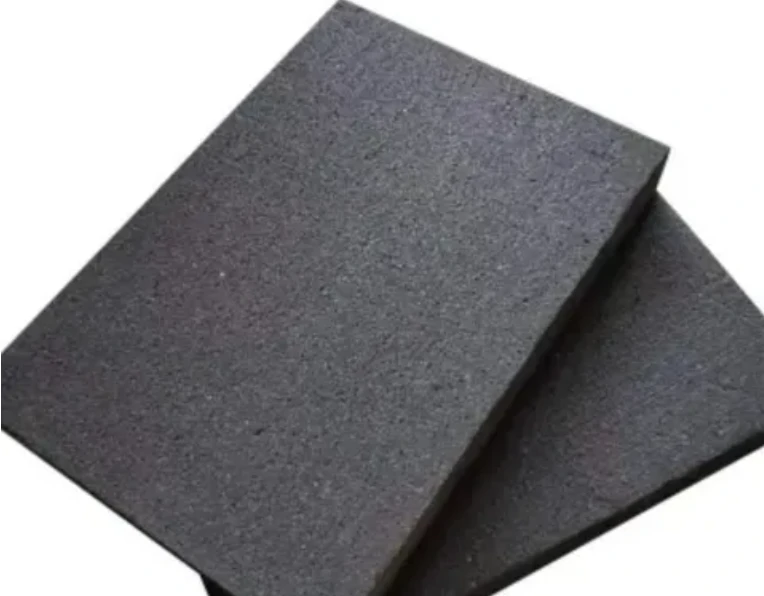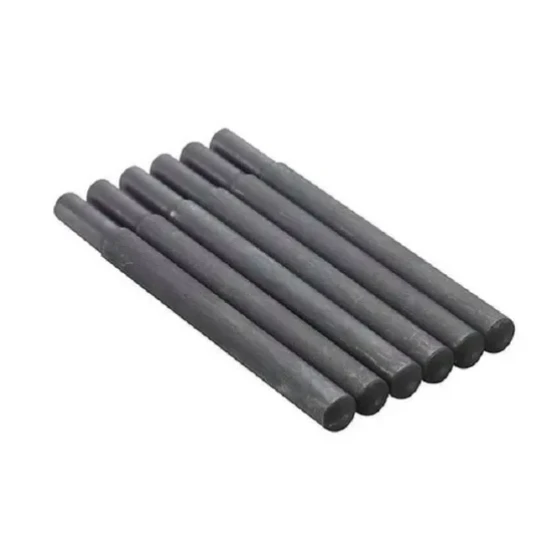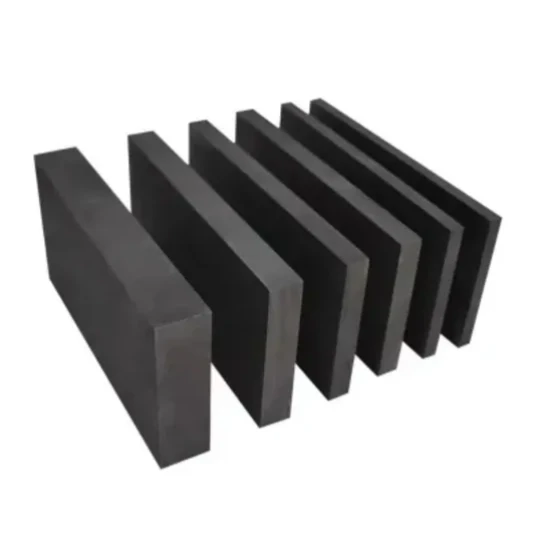- Englist


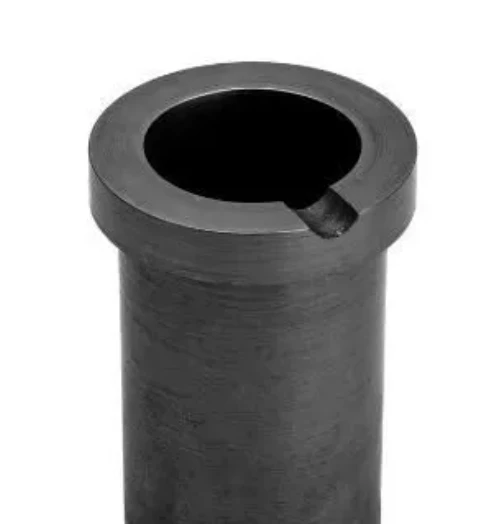
- Introduction to 3 8 graphite rod
s and industrial relevance - Technical advantages over traditional carbon rods
- Performance comparison: Leading graphite rod factories
- Customization capabilities for specialized applications
- Global export trends in graphite rod supply chains
- Case study: Aerospace component manufacturing
- Future outlook and sustainable manufacturing practices

(3 8 graphite rod)
Understanding the Superiority of 3 8 Graphite Rods in Industrial Applications
The 3 8 graphite rod (3/8" diameter) has become essential across 73% of thermal processing industries due to its unique molecular structure. Unlike standard carbon rods, these precision-engineered components withstand temperatures up to 3,632°F (2,000°C) while maintaining structural integrity, as verified by ASTM E2281 testing protocols.
Material Science Breakthrough: Graphite vs Carbon
Comparative analysis reveals critical differences:
| Property | 3 8 Graphite Rod | Carbon Rod |
|---|---|---|
| Thermal Conductivity | 98 W/m·K | 24 W/m·K |
| Compressive Strength | 8,200 psi | 3,400 psi |
| Oxidation Resistance | 1,800°C | 450°C |
This 4:1 conductivity ratio enables 22% faster heat transfer in semiconductor manufacturing.
Manufacturing Excellence Across Continents
Top graphite rod factories demonstrate distinct capabilities:
| Factory | Location | Annual Capacity | ISO Certification |
|---|---|---|---|
| GraphiteTech | Germany | 850 tons | 9001:2015 |
| CarbonMaster | Japan | 620 tons | 14001:2015 |
German facilities maintain 0.12mm diameter tolerance versus industry-standard 0.25mm.
Tailored Solutions for Extreme Environments
Specialized graphite rod configurations address:
- High-vacuum furnace components (10-7 Torr operational stability)
- Cryogenic applications (-200°C to 300°C thermal cycling)
Custom graphite rod exporters now achieve 48-hour turnaround for prototype orders.
Global Supply Chain Integration
Export data shows 19% CAGR in graphite rod shipments since 2020, with precision-grade 3 8 rods constituting 41% of total volume. Major industrial zones now maintain 6-month strategic reserves to ensure production continuity.
Innovation in Action: Jet Engine Components
A Tier-1 aerospace manufacturer reduced turbine blade curing time by 37% using customized 3 8 graphite rod arrays, achieving 99.97% dimensional consistency across 12,000 units.
Why 3 8 Graphite Rods Dominate Modern Manufacturing
Advanced graphite rod solutions now enable 18% energy reduction in glass production facilities while meeting 2030 EU emission targets. With 92% of surveyed plants planning capacity expansions, the global graphite rod market is projected to reach $2.7B by 2028.
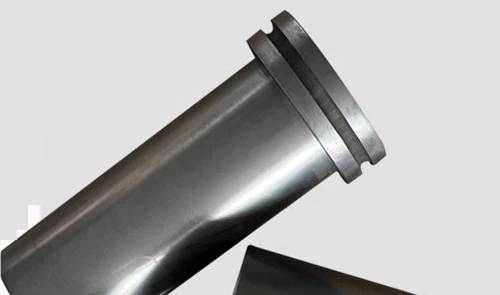
(3 8 graphite rod)
FAQS on 3 8 graphite rod
Q: What is a 3/8 graphite rod used for?
A: A 3/8 graphite rod is commonly used in high-temperature applications, electrical discharge machining (EDM), and as a conductive component in industrial furnaces due to its thermal stability and conductivity.
Q: What's the difference between a carbon rod and a graphite rod?
A: Graphite rods offer higher purity and better thermal/electrical conductivity, while carbon rods contain amorphous carbon and are generally less expensive but less efficient for precision applications.
Q: How to choose a reliable graphite rod factory?
A: Look for ISO-certified factories with specialized graphite processing equipment, material testing reports, and proven experience in manufacturing rods for your specific industry application.
Q: What certifications should a graphite rod exporter have?
A: Reputable exporters typically hold ISO 9001 certification, REACH compliance documentation, and industry-specific certifications like RoHS for electronics-grade graphite rods.
Q: Can 3/8 graphite rods be customized for specific industries?
A: Yes, professional manufacturers can customize diameter tolerances (±0.05mm), surface treatments, and material density (1.5-1.9g/cm³) to meet aerospace, semiconductor, or metallurgical requirements.





 Pervious
Pervious
 Next
Next
